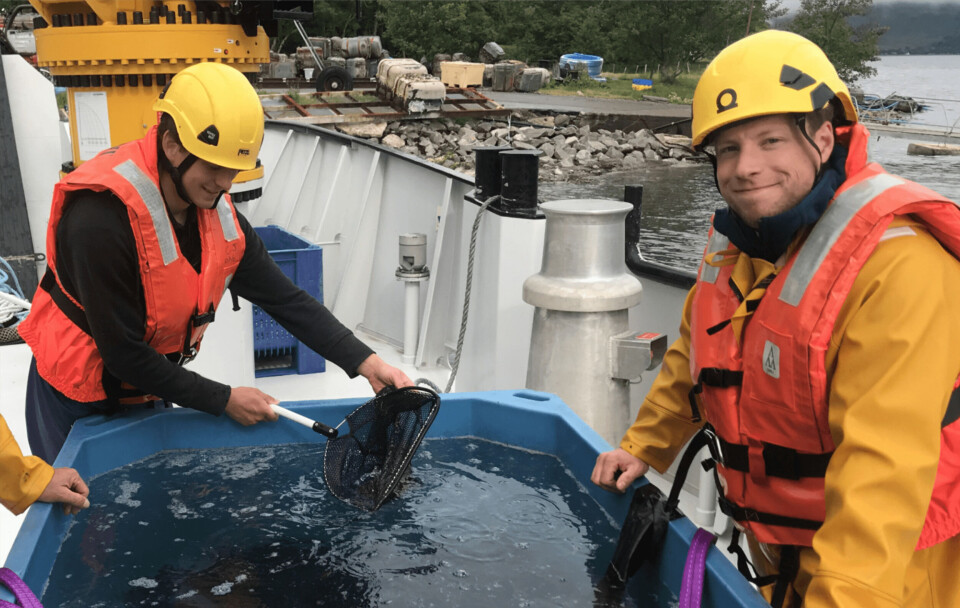
Mowi stocks first wrasse from Anglesey hatchery
The first fish raised at Mowi’s ballan wrasse hatchery in Anglesey have been stocked in salmon pens, 17 months after the Welsh recirculating aquaculture system (RAS) facility received its initial batch of eggs.
Around 40,000 wrasse have so far been introduced to pens at Loch Duich, Invasion Bay, Camus Glas and Loch Leven, with more to follow, Mowi said in a report on its website. Wrasse are an effective “cleaner fish”, eating sea lice off salmon and helping to control the parasite’s population.
Mowi Scotland technical director Dougie Hunter said: “This is a significant step towards our aim of reducing the need to use wild caught wrasse as cleaner fish in our farms. We are the first aquaculture company in Scotland to rear our own wrasse for use at our sites.

“The team at Anglesey has worked extremely hard to successfully rear the wrasse and have them ready to deploy at this stage so I would like to thank them all for achieving this. Feedback from our farms who have received the wrasse has been overwhelmingly positive so far.”
Self-sufficient
The ballan wrasse, which take around 17 months to rear compared to eight months for lumpfish, will also be introduced to other farms over the next few weeks.
Mowi hopes that by next year all of its farms will be fully supplied with wrasse from the hatchery, allowing the company to progress with its plan to be self-sufficient for farmed supply of both cleaner fish species. Mowi grows lumpfish at a neighbouring facility in Anglesey.
The Anglesey wrasse facility is housed in a refurbished former sea bass farm and has the capacity to produce between 800,000 and a million fish per year, substantially reducing the need for wild-caught wrasse.
Increasing demand
Farmed wrasse are also being produced by Otter Ferry Seafish at Loch Fyne, further reducing the need for wild-caught fish. The company, which also farms lumpfish, expects to produce nearly 250,000 wrasse for sale to salmon farmers this year.
In 2018 Scotland’s salmon farmers estimated they required up to 1.2 million wrasse annually, a figure that is rising annually as the industry expands.
The number of farmed ballan wrasse used in salmon farming could overtake wild-caught wrasse by next year, the inaugural International Ballan Wrasse Conference organised by the Sustainable Aquaculture Innovation Centre (SAIC) and Otter Ferry Seafish heard in June.






















































